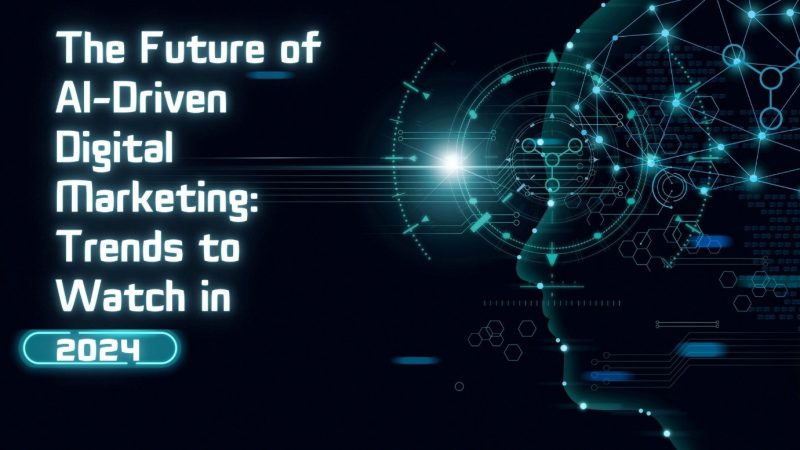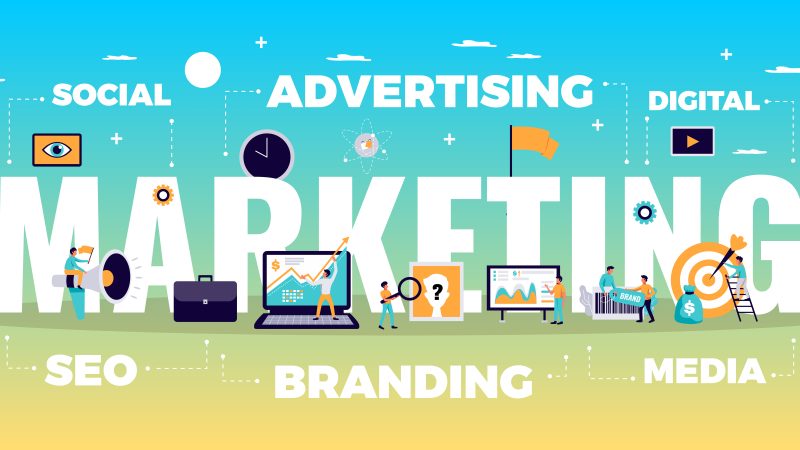The Power of Digital: Leveraging Online Marketing for Car Dealerships

As industries across the globe continue to experience the digital revolution, the sector of car dealerships, representing a key element of the global car and automobile manufacturing industry, is also feeling the transformative ripples. A colossal industry, boasting a staggering $2.6 trillion in revenue in 2023, is rapidly adapting to the digital wave that’s redefining business operations. Traditional marketing, once the mainstay of customer attraction and sales facilitation, is rapidly giving way to digital marketing.
This sea change is crucial as it aligns with the preferences of today’s digitally sophisticated consumers. Amid this evolution, it is becoming increasingly evident that the game-changers in this lucrative industry will be those who can effectively leverage online strategies and appeal to the contemporary buyer’s penchant for digital solutions.
The Shift to Digital in the Auto Industry
Historically, car dealerships relied heavily on traditional forms of advertising like print, radio, and television commercials. However, the wheels of time have triggered a profound transformation in this pattern. As we navigate the present, advanced technology and shifting consumer habits have redefined the marketing strategies of car dealerships, shifting from traditional mediums toward a predominantly digital approach.
An increasing number of prospective buyers are researching and shopping for cars online. Studies reveal that the average consumer spends a significant amount of time online before stepping into a dealership. This dramatic shift toward online car shopping underscores the need for dealerships to embrace digital marketing strategies to stay competitive.
Social Media as a Marketing Channel
Social media platforms such as Facebook, Instagram, and Twitter allow dealerships to showcase their offerings, announce promotional events, and engage with their audience on a more personal level. For instance, a dealership might utilize Instagram to share high-quality photos and videos of new models while leveraging Facebook for customer service and community engagement.
Nevertheless, in the realm of social media marketing for car dealerships, Instagram has emerged as the most influential player. Its visual-centric nature allows dealerships to showcase their inventory compellingly and engagingly. However, to stand out among competitors and effectively capture your audience’s attention, it’s essential to be unique, and one way to achieve that is by using distinctive fonts.
Distinct fonts can augment the visual impact of your posts and Stories, enhancing the overall appeal of your dealership’s Instagram presence. Free Instagram font generators enable you to discover unique fonts for Instagram, experiment with various styles, and pick one that complements your brand identity. This minor yet significant touch can help carve out a distinct image of your dealership, making your content instantly recognizable to your followers.
Strategic use of these platforms can cultivate a strong brand presence and foster a loyal customer base.
Pay-Per-Click (PPC) Advertising
PPC advertising catalyzes targeted traffic to your dealership’s website. This online advertising model enables dealerships to place ads in search engine results or on partner websites and pay only when a user clicks on the ad.
Crafting an astutely designed PPC campaign with a strong focus on high-intent keywords can significantly enhance dealership visibility and draw in prospective customers at the brink of purchase. However, to make the most of PPC ads, continuous monitoring, analysis, and campaign optimization based on the acquired performance data become indispensable.
Harnessing the Power of Video Content and Virtual Reality
The surge in video content in the digital marketing sphere has bestowed dealerships with a golden opportunity to animate their inventory. Videos showcasing car walkarounds, test drives, and dealership tours can offer an engaging, virtually tangible experience, enticing potential buyers by allowing them to sense the product without needing to visit the dealership.
In addition, pioneering technologies like virtual reality (VR) and augmented reality (AR) are initiating a transformation in the car shopping experience. These advancements enable customers to virtually navigate car models, sample different features, and even experience the feel of sitting inside the vehicle. Dealerships that proficiently utilize VR and AR can deliver a distinctive, engaging, and unforgettable shopping experience.
Big Data’s Impact on Digital Marketing
Big data is spearheading a revolution in the marketing panorama across various industries, with the automobile sector being no exception. Comprehensive data analytics can offer priceless insights into customer behaviors and predilections, empowering dealerships to customize their marketing strategies effectively.
For instance, the use of artificial intelligence (AI) can help analyze vast amounts of data and predict consumer buying patterns, enabling dealerships to offer personalized recommendations and better target their marketing efforts.

Conclusion
In conclusion, the power of digital marketing for car dealerships cannot be overstated. From establishing a strong online presence and harnessing social media platforms to adopting advanced technologies like VR and AI, dealerships have numerous tools at their disposal. As the shift toward online car shopping continues to gain momentum, the need for effective digital marketing strategies will only become more critical. Dealerships willing to innovate and adapt will be well-positioned to thrive in this digital era.






